Advantages of multi-grating turrets in spectrometers
Phase I
There are significant advantages of multi-grating turrets in spectrometers. Quite often it becomes necessary to select two or three gratings to achieve efficient light throughput over a broad spectral region. Turrets make grating changes an easy push-button or computer controlled operation, and also reduce the risk of handling the delicate gratings.
With this upgrade to the V3.01 Raman spectrometer, I’m bringing a level of functionality to this project that may be unprecedented. Imagine a piece of lab equipment costing under $1,600.00 having the same high precision and functionality as those costing ten’s of thousands more. How is this made possible?
Through the innovations of 3D printing and the new type of techniques and materials that can be utilized.
In my designs, I use glass-filled Nylon for all my parts. Objects printed in glass-filled nylon are made from a mix of polyamide powder and glass beads. The surface of the material is white and slightly porous. Glass-filled Nylon is more durable and resistant than Polyamide 12. It gives you great freedom in your designs – allowing for both complex and inclosed volumes. The material is great for technical parts that need resistance and loads. The surface of glass-filled nylon is not as accurate as polyamide but it will fit the requirements of technical parts. Also it fits my budgetary needs.

The rendering above is the grating mount
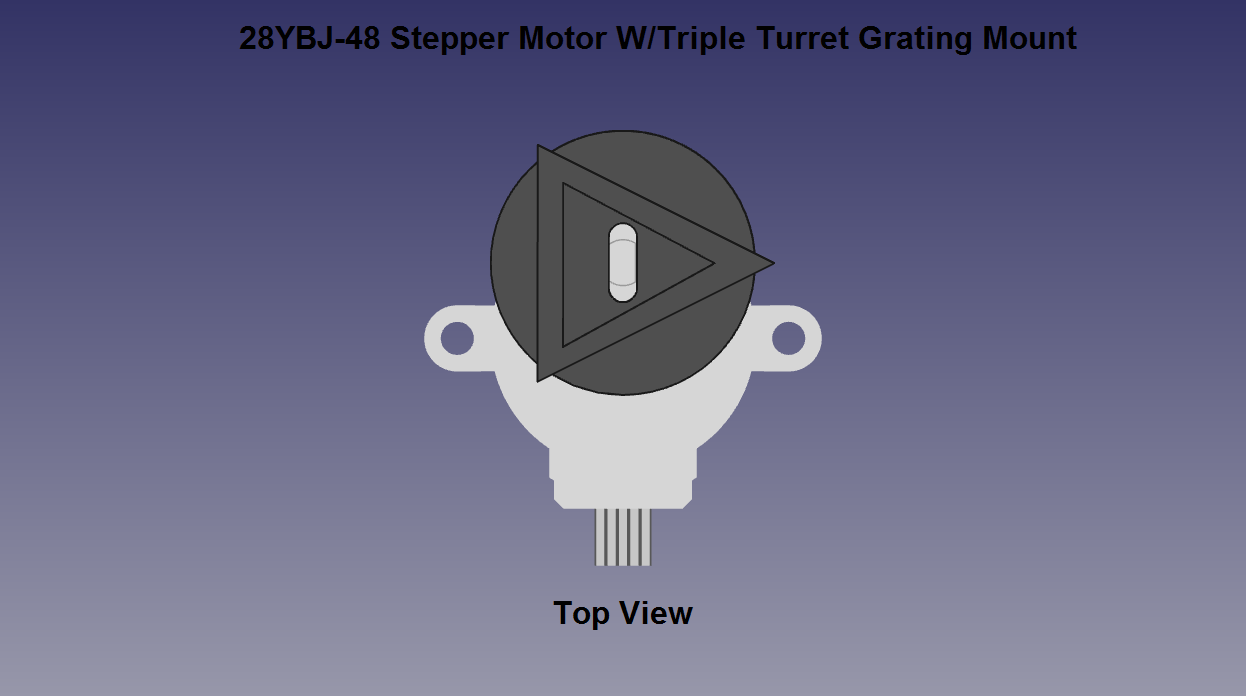
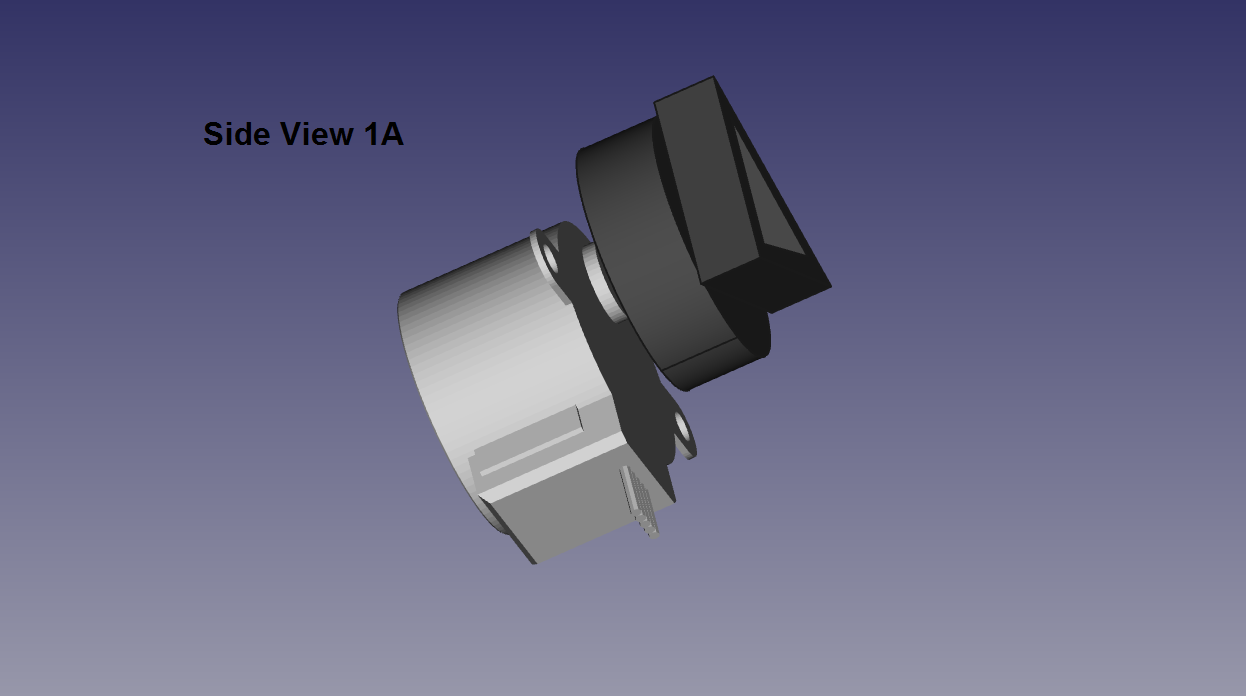
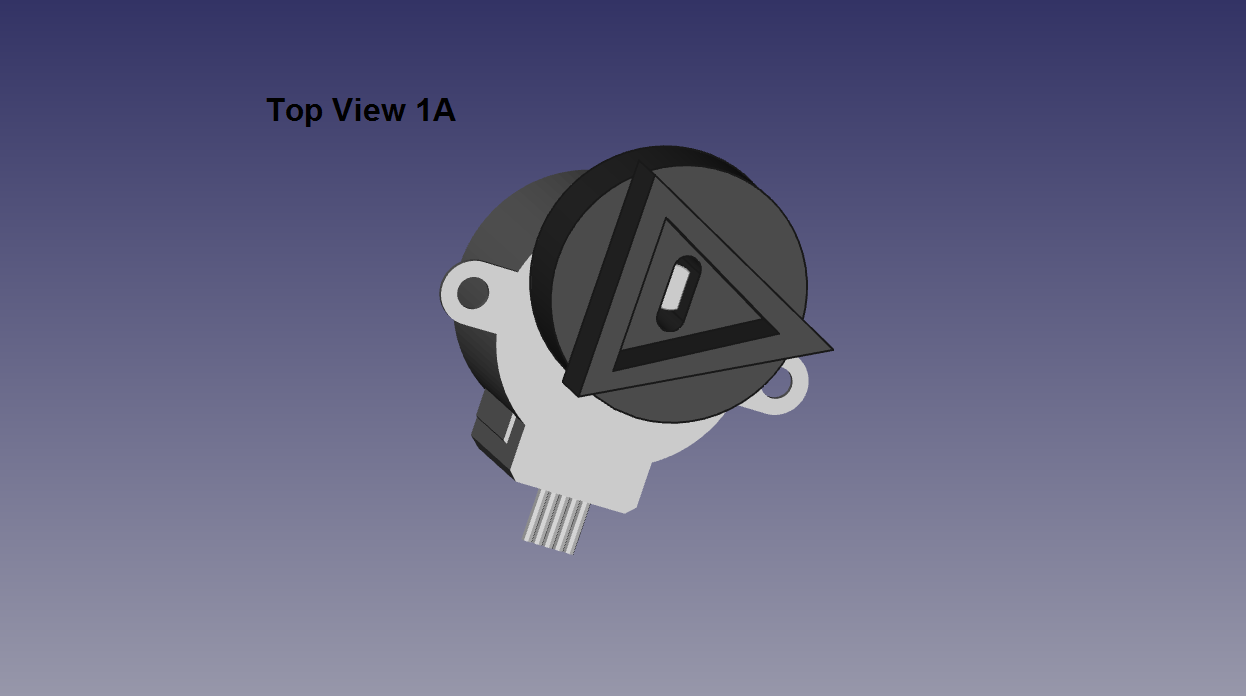

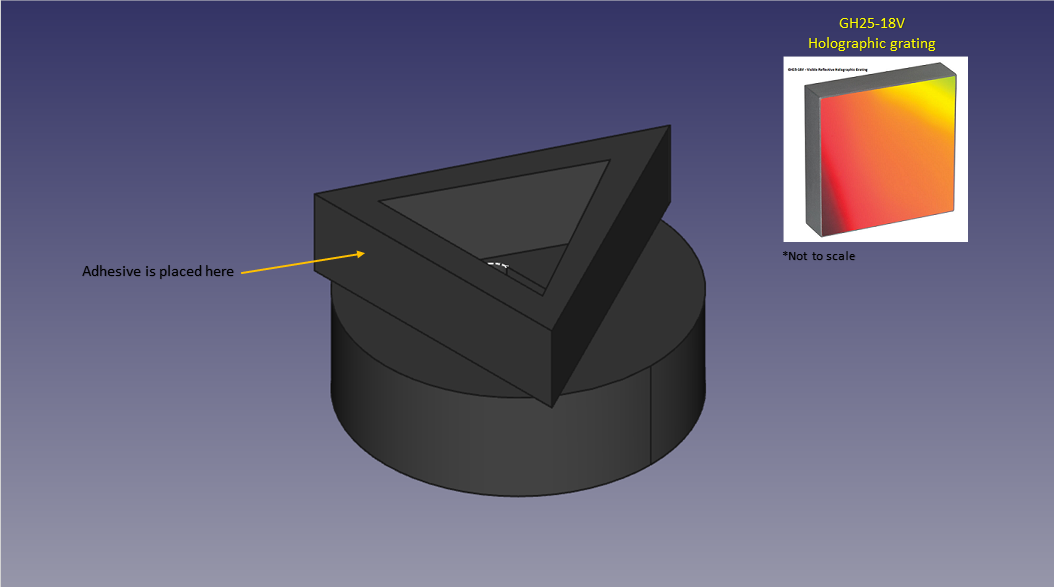 Several studies have been done evaluating both off-axis and on-axis grating rotation techniques for spectral resolution and conclusions are that, careful alignment and focusing of the total system has a more dramatic impact on performance than the grating rotation technique chosen.
Several studies have been done evaluating both off-axis and on-axis grating rotation techniques for spectral resolution and conclusions are that, careful alignment and focusing of the total system has a more dramatic impact on performance than the grating rotation technique chosen.
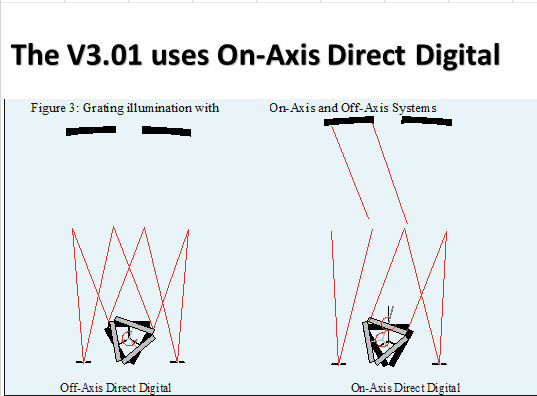 The above figure illustrates both techniques, utilizing on and off axis grating rotation.
The above figure illustrates both techniques, utilizing on and off axis grating rotation.
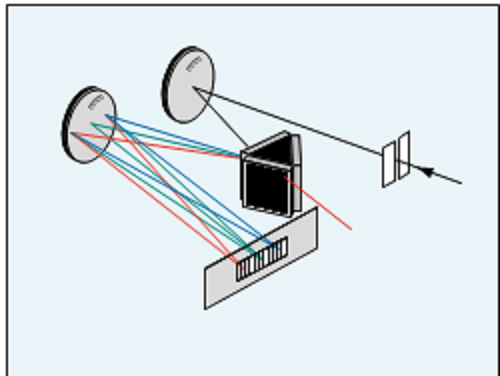 This is the fully assembled system within the V3.01 Raman Spectrometer
This is the fully assembled system within the V3.01 Raman Spectrometer
This is the end of phase I, in phase II I will be determining several points;
- Operation: How easy is the system to set up and operate?
- Computer control: How easy is the instrument computer control?
 David H Haffner Sr
David H Haffner Sr
Discussions
Become a Hackaday.io Member
Create an account to leave a comment. Already have an account? Log In.